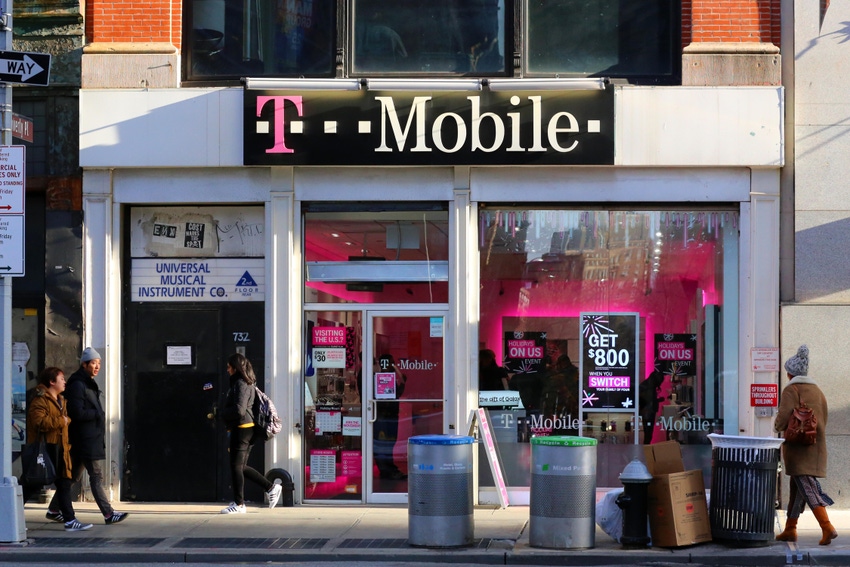T-Mobile is still the fastest 5G provider in the US
T-Mobile's download speeds are 2.5 times faster than AT&T's and around 3 times faster than Verizon's, according to new findings from network-monitoring company Opensignal.

According to the latest findings from Opensignal, AT&T and Verizon haven't been able to catch up to T-Mobile's leadership position in 5G speeds.
AT&T and Verizon continue to add C-band spectrum holdings to their respective networks, but that hasn't yet put them within striking distance of T-Mobile's speed. Both companies have spent billions of dollars on C-band spectrum in their efforts to match T-Mobile's midband spectrum holdings.
"T-Mobile users enjoy 2.5 times faster average overall download speeds than their AT&T peers and around three times faster than those on Verizon's network," Opensignal wrote in its biannual "US Mobile Experience" report. The latest report tracks customers' experiences from September 16 to December 14 across the big three US mobile network operators. Opensignal does not yet track Dish Network's 5G network.
According to Opensignal's latest figures, T-Mobile's network download speeds reached 113.1 Mbit/s. The firm said T-Mobile increased its winning margin over AT&T and Verizon by 16.1 Mbit/s. Speeds for AT&T and Verizon during the same period increased by 5.5 Mbit/s and 3.9 Mbits/, respectively.
In terms of 5G specifically, Opensignal said T-Mobile hit the 200 Mbit/s milestone for the first time. "However, AT&T and Verizon have whittled away at T-Mobile's lead in 5G download speed due to boosts in their scores of 43.5 Mbit/s (54.4%) and 39 Mbit/s (40.5%)," the firm wrote.
Comparing the big three
T-Mobile's network speeds are directly related to the spectrum the company uses for 4G and 5G. T-Mobile, Verizon and AT&T all use the same networking technology and rely on many of the same vendors, so the differences among their networks are mainly due to the spectrum they use and the number and location of cell towers.
For T-Mobile's 5G effort, the company is primarily using the midband 2.5GHz spectrum it acquired from Sprint in 2020. C-band spectrum – which sits around 3.7GHz – is the primary midband spectrum offering from both AT&T and Verizon. The companies purchased their C-band spectrum during an FCC auction in 2021 and began putting it into action starting in 2022.
T-Mobile said its midband 5G network covers a total of 300 million people. For Verizon the number is around 230 million subscribers, while AT&T covers around 200 million (AT&T's midband 5G efforts also include holdings in the 3.45GHz band).
But both AT&T and Verizon continue to expand their midband 5G networks. For example, Verizon will broaden its C-band connections across the country "over the next several years" based on "where customer demand is," Verizon networking chief Joe Russo said during an investor event late last year, according to Seeking Alpha.
Another element in the equation is how much midband spectrum operators are putting into action. For example, T-Mobile has indicated it will offer around 200MHz of 2.5GHz midband spectrum starting this year.
Opensignal's methodology
Opensignal's data is derived from billions of smartphone connection measurements daily – both in user-initiated tests and automated tests – from more than 100 million devices globally.
"Our software is installed within our own and partner apps. The partners we work with are strategically selected to cover a wide range of users, demographics and devices," according to the company.
"We take extensive measures to ensure that the privacy of mobile users is respected through the entire data collection process within our own and our partners' apps," Opensignal added.
Comlinkdata acquired Opensignal in 2021.
About the Author(s)
You May Also Like











